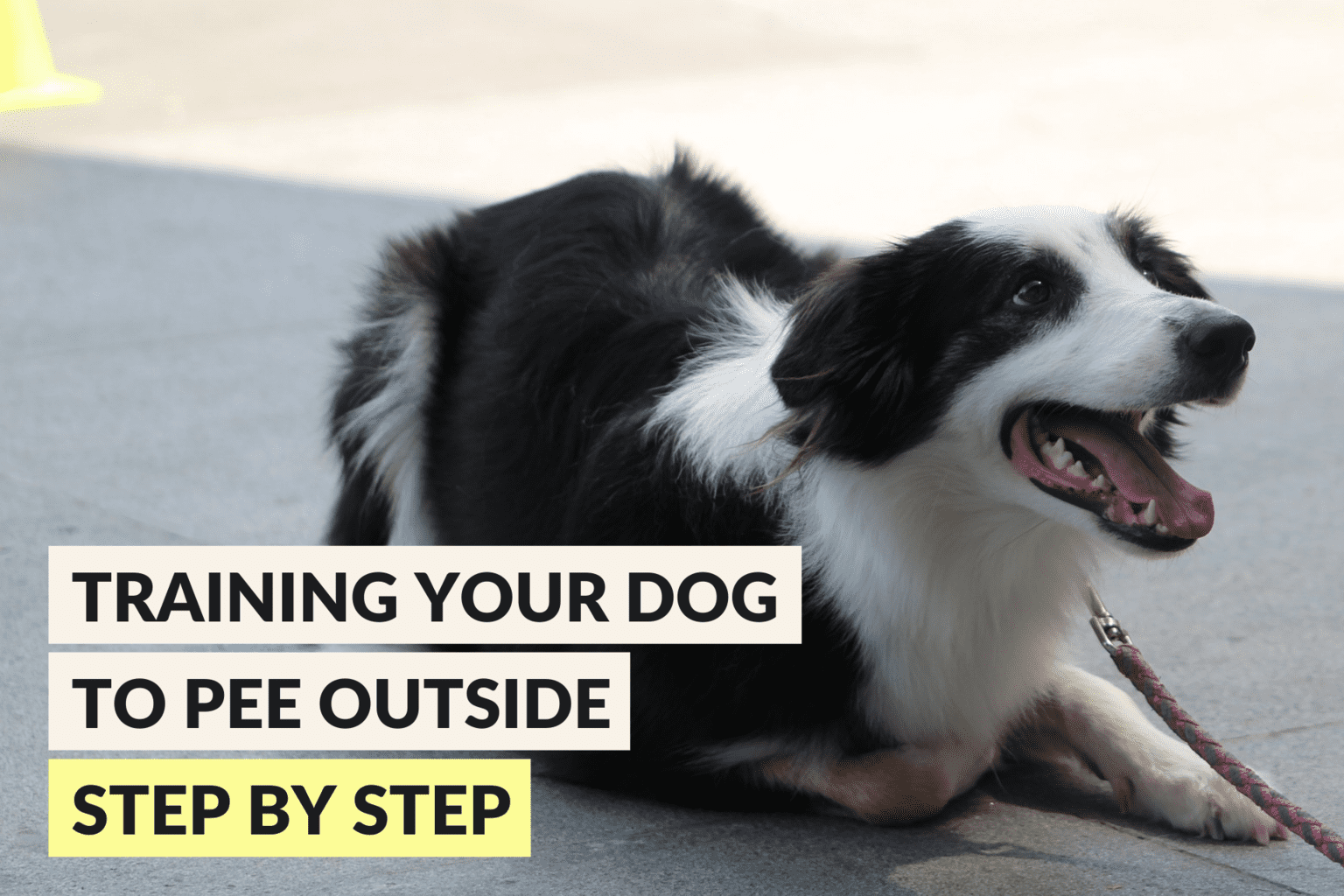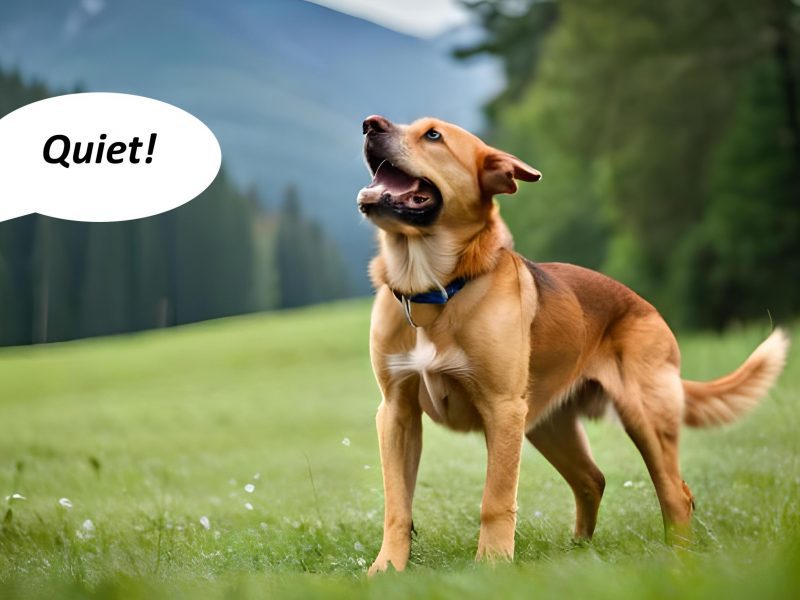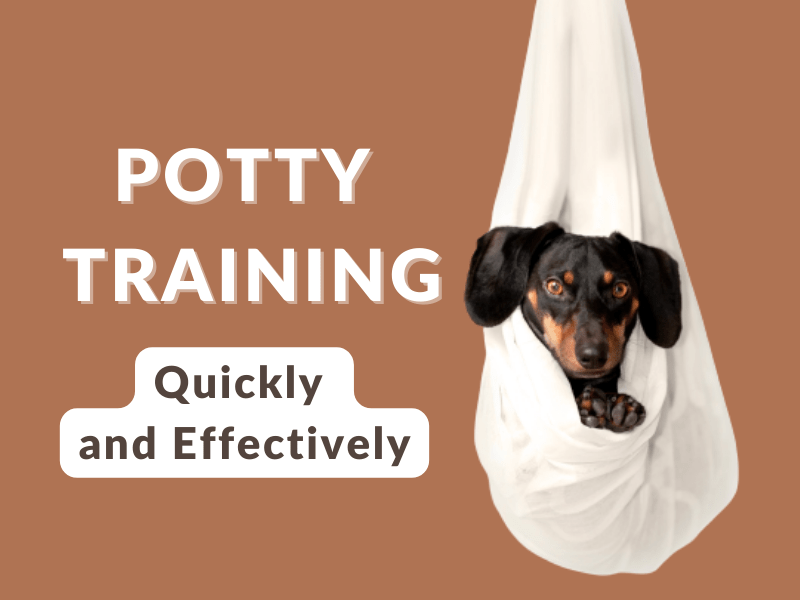So perhaps your dog has started to make a habit of peeing in the wrong areas around the house, or maybe it’s just not fully training. Don’t worry, you can fix this problem by training a dog to pee outside. The process is pretty simple if done right. Start by finding an appropriate time when you have about two hours uninterrupted at your disposal.
Why should I train my dog to pee outside this way?
It is easier for your dog to training to pee outside rather than inside; therefore, it can become inconvenient if training isn’t done properly. Your home will quickly become dirty and smelly, not to mention messy when accidents occur. Also, it can be difficult for other people in the household to have a bad odor wafting through their rooms each time the floors need cleaning, or the bins need changing. Of course, it helps with toilet training young puppies who are just about learning what goes where. So if they’ve got the idea and they’re going outside, it’s a lot easier than cleaning up after them all over the house.Step 1: Choosing a good location for your dog to go
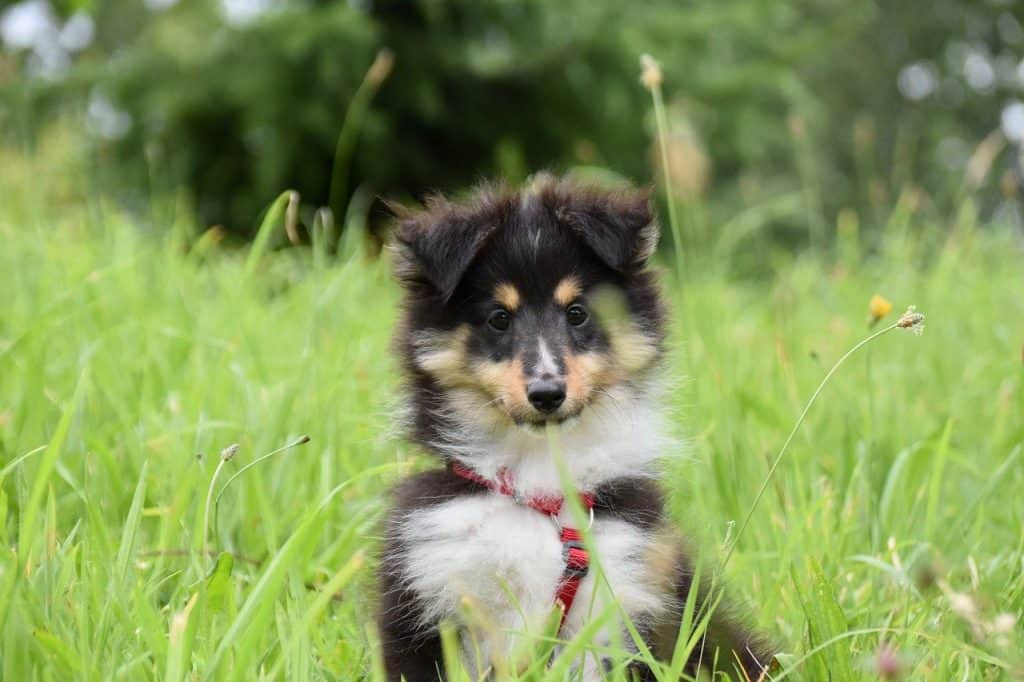 Making sure that your chosen place is easily accessible and quiet will make everything much easier when you’re ready to take your new friend out. It’s easy to forget the best place later on in life, or it can be difficult to get there quickly for some other reason. It might not seem like an important task at the time, but I really cannot stress enough how important choosing a toilet spot is. The best spots are usually ones where your pet won’t be disturbed by passers-by, especially if they are shy animals who become nervous around strangers while relieving themselves.
It should preferably be somewhere where cleaning isn’t necessary (you don’t want to clean up your dog’s area every day as this will become a chore).
You might also want a place where you won’t need to leave the animal on a leash for long periods of time or that is surrounded by a fence to keep other animals out. It is important not to forget about your pet while they’re out on their own!
Once you have chosen a suitable location, make sure that others in the household know exactly where it is and how important it is to let your pet off the leash only there. Also, be sure not to take them there too often as you don’t want them thinking that they can go anywhere outside now.
Making sure that your chosen place is easily accessible and quiet will make everything much easier when you’re ready to take your new friend out. It’s easy to forget the best place later on in life, or it can be difficult to get there quickly for some other reason. It might not seem like an important task at the time, but I really cannot stress enough how important choosing a toilet spot is. The best spots are usually ones where your pet won’t be disturbed by passers-by, especially if they are shy animals who become nervous around strangers while relieving themselves.
It should preferably be somewhere where cleaning isn’t necessary (you don’t want to clean up your dog’s area every day as this will become a chore).
You might also want a place where you won’t need to leave the animal on a leash for long periods of time or that is surrounded by a fence to keep other animals out. It is important not to forget about your pet while they’re out on their own!
Once you have chosen a suitable location, make sure that others in the household know exactly where it is and how important it is to let your pet off the leash only there. Also, be sure not to take them there too often as you don’t want them thinking that they can go anywhere outside now.
Step 2: Training begins – teaching your dog the right behavior
 The best way to train your dog is to use treats or rewards for good behavior. It’s understandable if you don’t want to have a treat in your hand when they go, so it can also be something they get afterward or even just verbal praise. As long as there is some kind of reward, then it will work. You need the following equipment for this method:
The best way to train your dog is to use treats or rewards for good behavior. It’s understandable if you don’t want to have a treat in your hand when they go, so it can also be something they get afterward or even just verbal praise. As long as there is some kind of reward, then it will work. You need the following equipment for this method:
- Treats A harness with a leash attached (if you’re not sure where to find these items, check out any pet store)
Step 3: Teaching your dog to perform on command
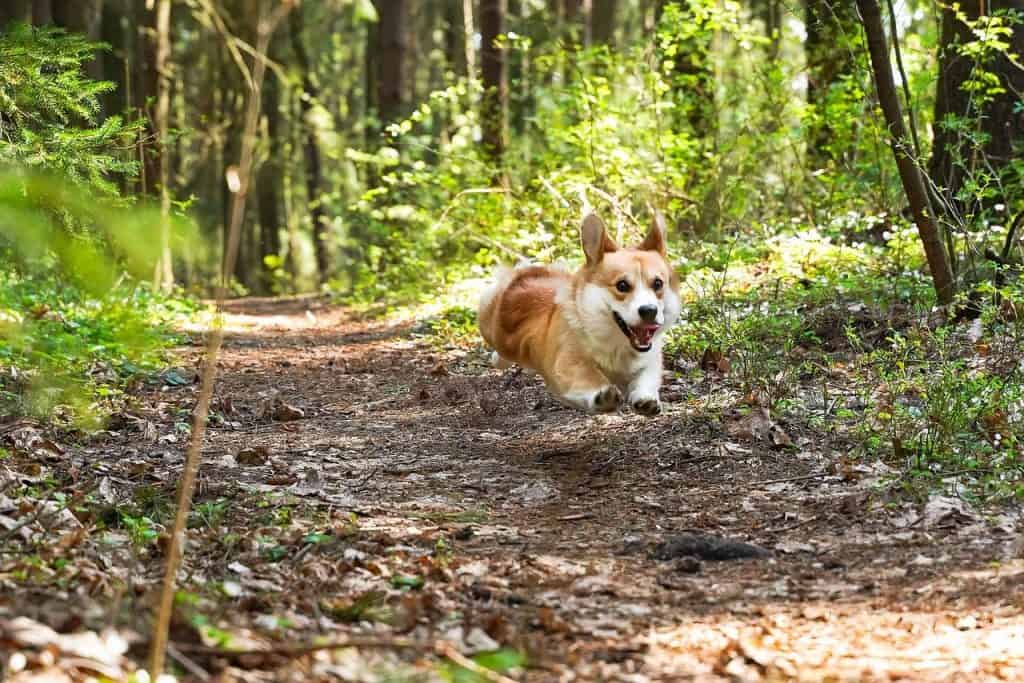 Your dog needs to understand when you say ‘go potty.’ You can achieve this by teaching a simple command such as ‘hurry up’ or just saying nothing and repeating steps 2 and 3 over and over again until they get it.
Once your dog has this down pat, you can combine the two steps by saying ‘go potty just before they need to go or gradually build up to that stage. Don’t forget to use lots of praise for good behavior.
Your dog needs to understand when you say ‘go potty.’ You can achieve this by teaching a simple command such as ‘hurry up’ or just saying nothing and repeating steps 2 and 3 over and over again until they get it.
Once your dog has this down pat, you can combine the two steps by saying ‘go potty just before they need to go or gradually build up to that stage. Don’t forget to use lots of praise for good behavior.
Step 4: Keeping them out there long enough for potty
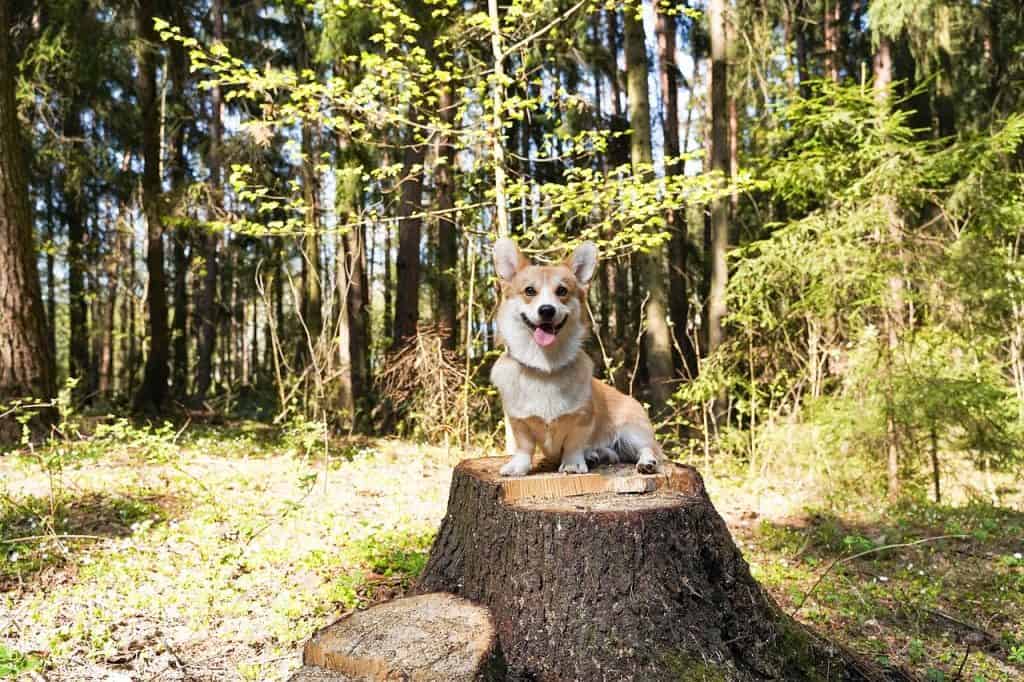 Outside needs to be a place where your pet can spend some time relaxing and using the bathroom comfortably without needing to rush back inside too quickly afterward. Dogs are usually very social animals eager to come back inside after their business is done because they’re not used to be outside alone. This isn’t ideal as leaving them on their own might cause them stress which is never fun if you love your pet.
Keep repeating steps 2 and 3 several times, making sure you give them long enough to do it before they get excited and demand to come back in. This can be difficult, especially if your dog is of a breed or age where they tend to want company at all times (there will always be exceptions, of course).
Outside needs to be a place where your pet can spend some time relaxing and using the bathroom comfortably without needing to rush back inside too quickly afterward. Dogs are usually very social animals eager to come back inside after their business is done because they’re not used to be outside alone. This isn’t ideal as leaving them on their own might cause them stress which is never fun if you love your pet.
Keep repeating steps 2 and 3 several times, making sure you give them long enough to do it before they get excited and demand to come back in. This can be difficult, especially if your dog is of a breed or age where they tend to want company at all times (there will always be exceptions, of course).
Step 5: Training for specific occasions
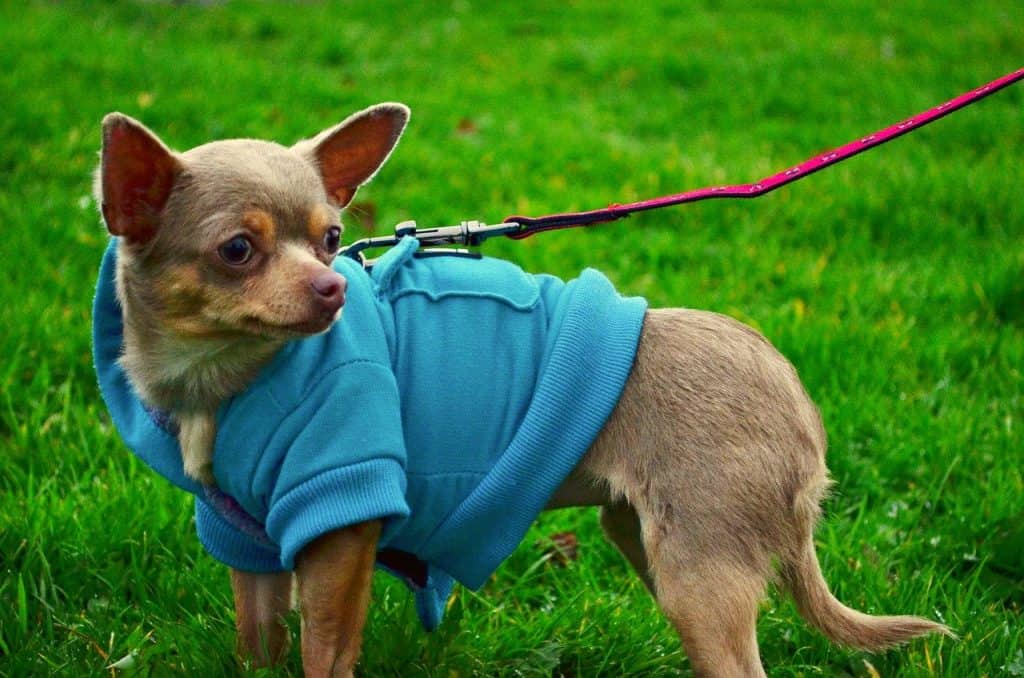 There are many different situations where your dog might need help with training. It’s best not to try and change their usual routine too much until they get to know the idea, but here are some common ones that I’ve encountered:
There are many different situations where your dog might need help with training. It’s best not to try and change their usual routine too much until they get to know the idea, but here are some common ones that I’ve encountered:
- The dog needs assistance getting outside (for example, if they have arthritis)
- A door suddenly gets closed, leaving your pet locked out on their own
- You have a new pet who isn’t quite used to the house yet
Conclusion
Other problems may appear later once you’ve solved the problem areas, but hopefully, this has helped you understand how training can work and what it involves. Usually, if you’re consistent and patient enough, then your dog should catch on very quickly, and you should see a difference very soon. If you follow these steps, your pet should be fully trained in no time at all. Also, remember that they are always learning new things, so if they accidentally do something wrong, don’t punish them; carry through with this process until they know how to behave properly.Recommended Reading
- 10 Reasons Why Puppy Is Not Eating And How To Solve It
- How to stop a Dog From Pulling on the Leash
- Cute Dog Male Names of 2021 For Your Inspiration

